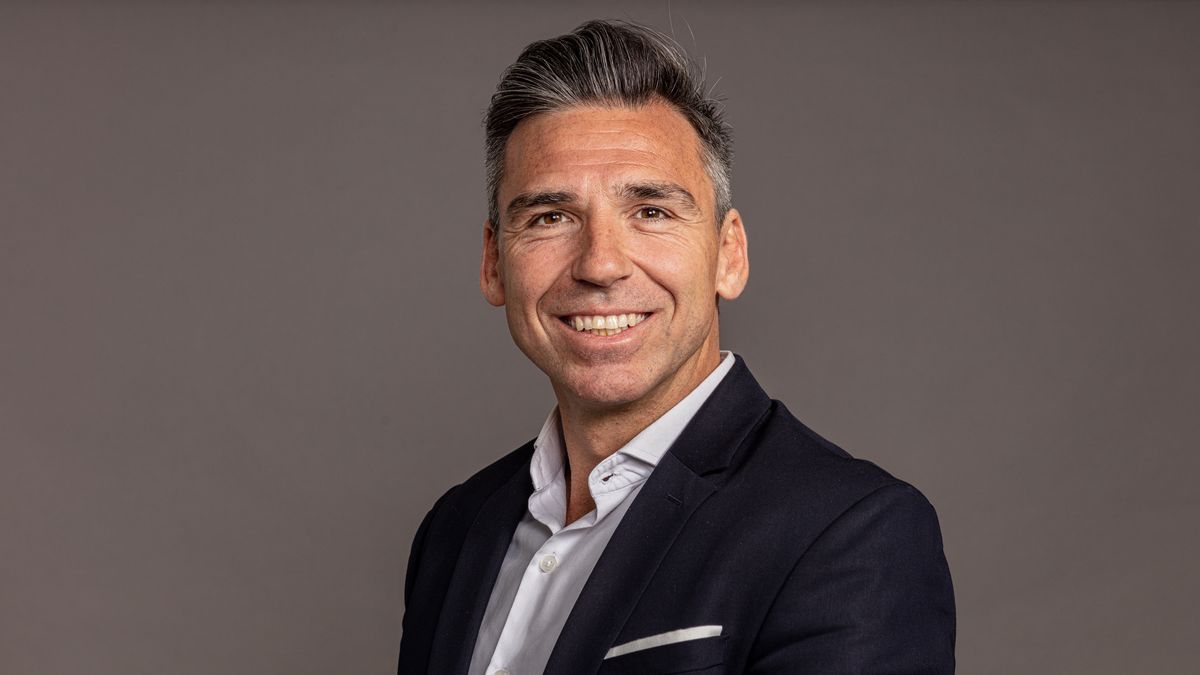Lucas Confalonieri: 2022 was a busy year in terms of financing companies in the market. If you look at the comparative data between 2021 and 2022, you see almost 140% growth in all products. This is: the negotiation of deferred payment checks, promissory notes in pesos and linked dollars, electronic credit invoice. This continues to demonstrate that, more and more, companies continue to consider the capital market as a complementary source of financing. We always say complementary, because they always work with the banks and it is very important. Through the innovation that the Argentine Stock Market (MAV) and the National Securities Commission (CNV) promote to try to bring closer and shorten barriers, especially for companies that are in the Interior of the country, it is making the volumes operated and the number of companies, grow month by month and year by year.
Q.: Does the variation in interest rates influence more companies to turn to the capital market?
LC: Completely. The rate part is always quite dynamic and obeys how the economy, inflation and the exchange rate come about. There are different variables that have an impact on the movement and the rate curve, which is why the market can often be cheaper than the banks, but at other times the banks are cheaper. For this reason, the ideal is always for companies to know the instruments, have the fans and be able to choose the best option.
Q.: Based on the growth seen in 2022, what can be expected for this year?
LC: It is noteworthy, for example, the growth of the dollar-linked promissory note, an instrument for which large companies turned, both from the taker side and from the investor side, trying to diversify portfolios. The growth of that particular product was really great. In this sense, it is believed that for this year, which will be an election year, the market will continue to grow, it will continue to consolidate. More and more companies will continue to be part. There is a very big job from the SME Secretariat, from the Mutual Guarantee Society, in terms of financial education.
Q.: Financial education is key, in this sense.
LC: Effectively. The more companies are familiar with this type of instrument, with what access is like, that they try them, that they can see how they carry out the operation, that technology continues to accompany and shorten those barriers, the incentives are many. There is even a lot that is linked to banks, where bank lines or productive investment lines, which are guaranteed by SGR, have a lower rate. There is a lot of joint work that can be done and that companies, when projecting their flows or financial needs, inevitably need to have the full range to make the best use of it.
Q.: You mentioned the growth of the linked dollar promissory note, how does this instrument work?
LC: From the side of the issuer of the promissory note, they are those companies that generally have income streams that are also tied to the official exchange rate, and when seeking financing they issue a dollar-linked promissory note, which is integrated in pesos and paid in pesos. always at the exchange rate at the time of purchase and at the exchange rate at the time of payment. Then, the issuer obtains financing that makes a lot of sense, because its income is also tied up in that same currency and it seeks liquidity that way. On the other hand, investors seek to have corporate risks, from companies that are qualified, with good credit, and the liquidity they have in pesos, they invest it in this way so that due to any type of exchange jump, it covers them and, in That way, they have the liquidity in those types of assets. The way of negotiating the promissory note is very simple, very similar to the way in which a check is negotiated in the unsecured segment, and the good thing about this is that many times it is the same investors who later buy a Negotiable Obligation. It is a much simpler, more agile procedure, taking into account the needs of the flows, and it is assembled according to the needs of the company and investors.
Q.: What type of companies turn, mostly, to financing through the capital market?
LC: There is a diversity of companies, industries and across the country. There are SMEs or medium-sized companies out there, which are perhaps the ones that use deferred payment checks the most as a financing instrument for working capital; and then the large companies, the same ones that issue Negotiable Obligations, that make use of the financing operations of linked dollar promissory notes. Both as issuers, seeking funding, and as investors, because they have liquidity and sometimes depending on how their flow is, they will be on one side or the other. But what we saw in 2022, many large corporations were turning to this type of instrument.
Source: Ambito
David William is a talented author who has made a name for himself in the world of writing. He is a professional author who writes on a wide range of topics, from general interest to opinion news. David is currently working as a writer at 24 hours worlds where he brings his unique perspective and in-depth research to his articles, making them both informative and engaging.




